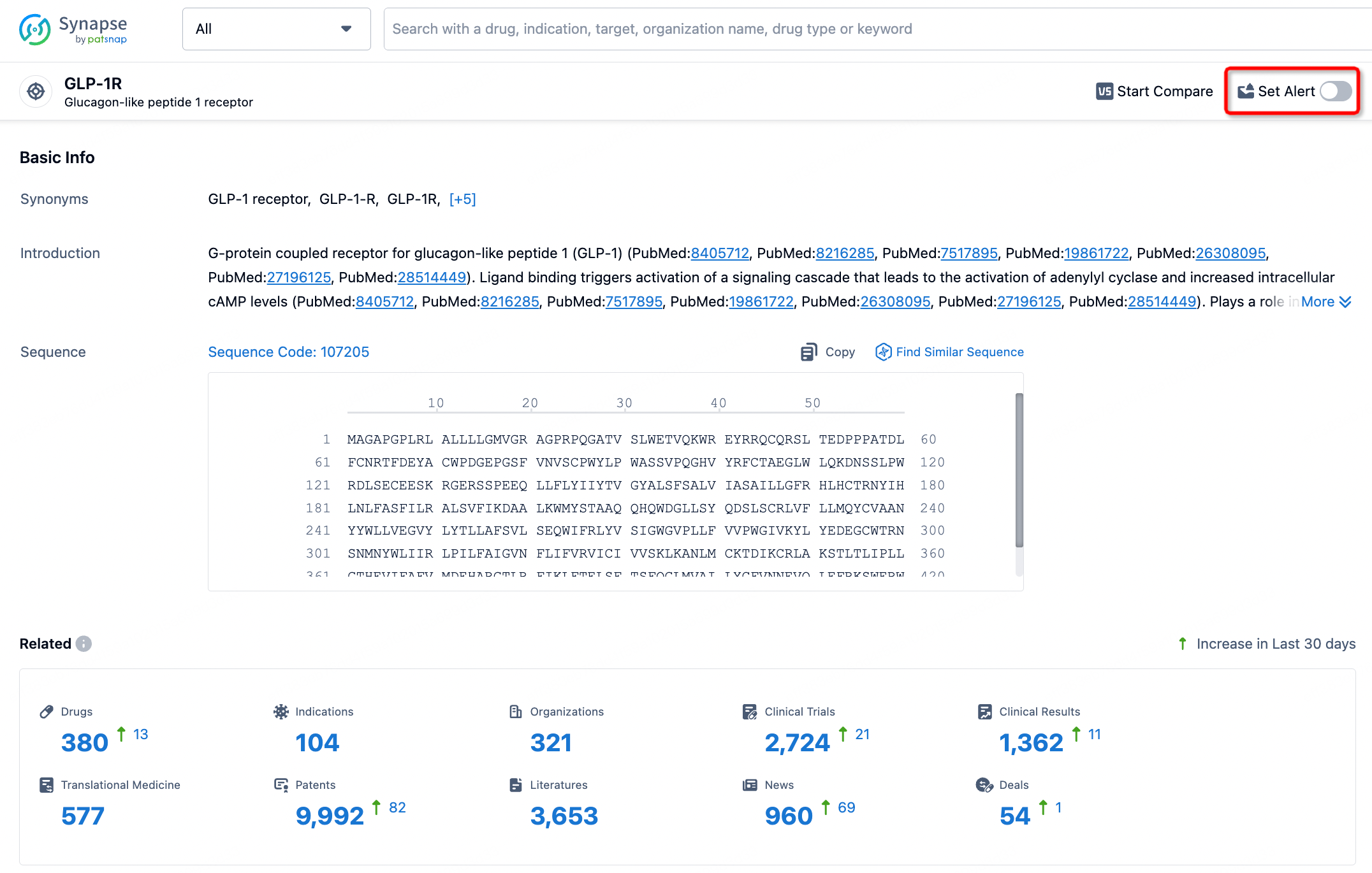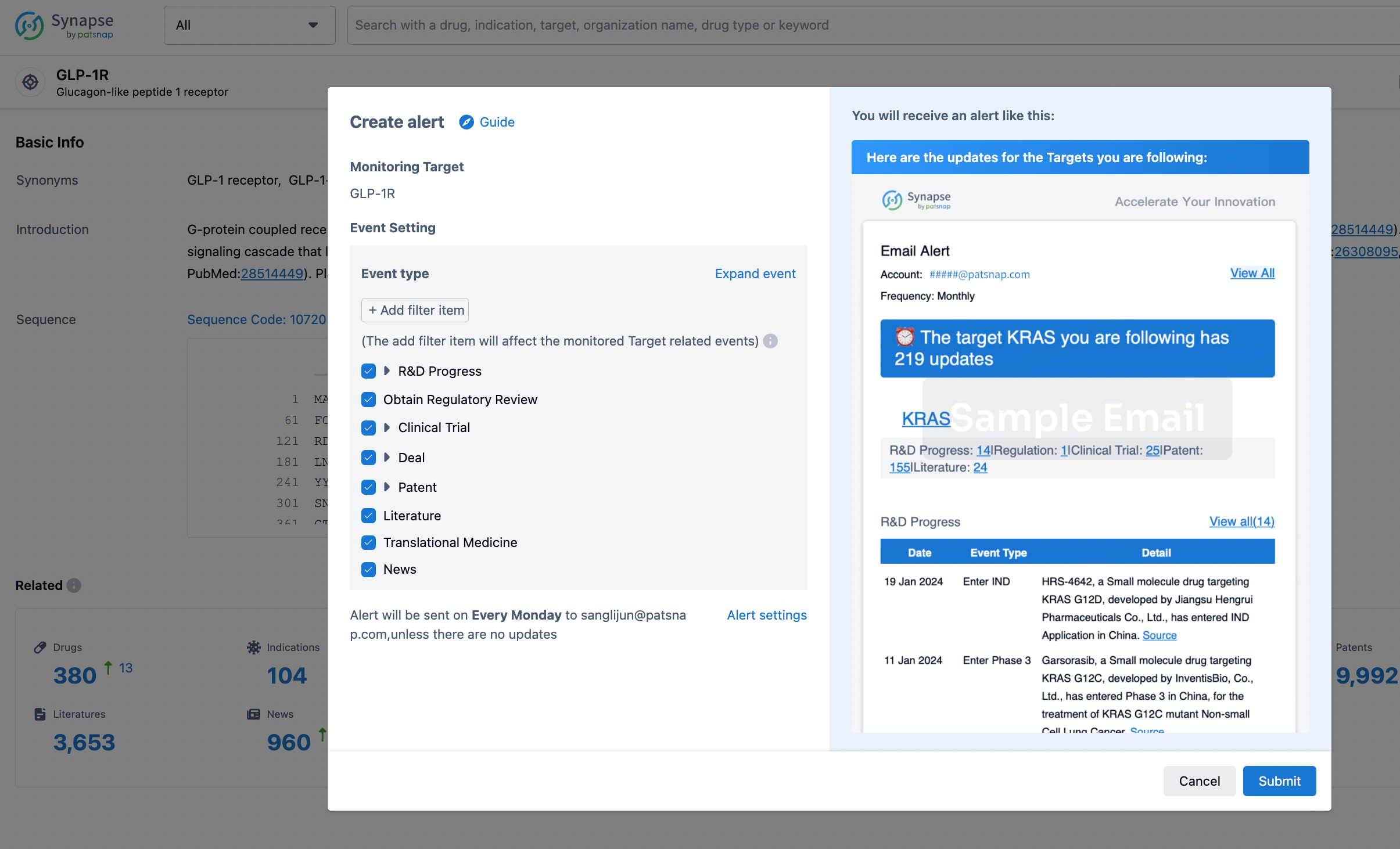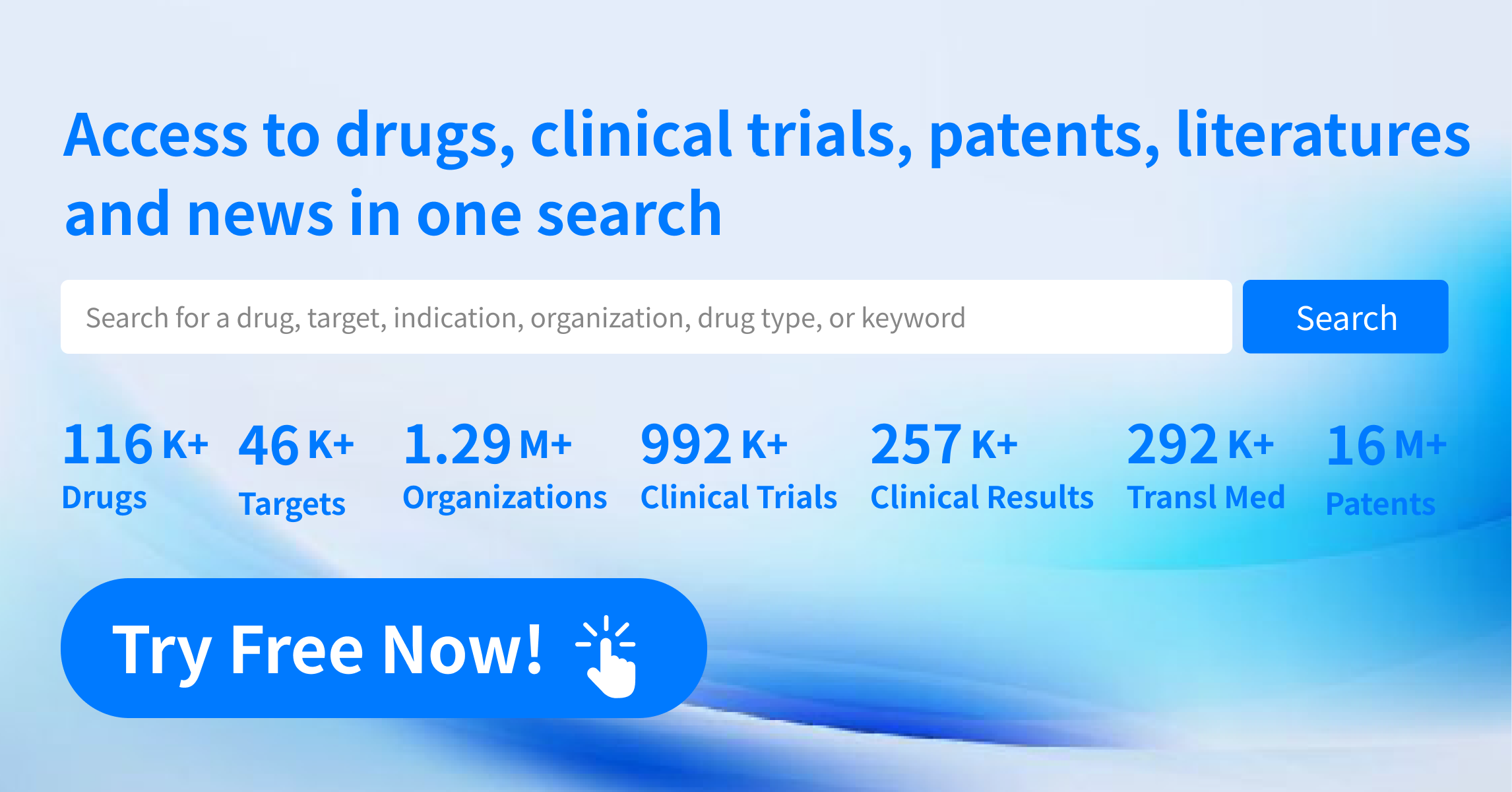Request Demo
What are S1PRs antagonists and how do they work?
21 June 2024
Sphingosine-1-phosphate receptors (S1PRs) represent a critical component in various physiological processes, and their antagonists have become a focal point in modern pharmacological research. These receptors belong to the G-protein-coupled receptor (GPCR) family and regulate numerous cellular activities, including immune cell trafficking, vascular maturation, and neuroinflammation. Understanding S1PRs and their antagonists opens new therapeutic avenues for several diseases, including multiple sclerosis (MS), cancer, and cardiovascular disorders.
S1PRs are activated by their endogenous ligand, sphingosine-1-phosphate (S1P), a bioactive lipid mediator. The S1P signaling pathway is complex and involves five receptor subtypes (S1PR1-5), each with distinct tissue distributions and functions. S1PR1, for instance, is predominantly expressed in the vascular and immune systems, while S1PR2 and S1PR3 are found in the cardiovascular system. S1PR4 is mainly present in the lymphoid tissues, and S1PR5 is largely expressed in the central nervous system.
S1PRs antagonists work by binding to these receptors and inhibiting the action of S1P. This inhibition disrupts the S1P signaling pathway, which can modulate various biological responses. S1PR antagonists can be selective or non-selective, depending on whether they target a specific receptor subtype or multiple subtypes. The specificity of these antagonists is crucial because it determines their therapeutic potential and side effect profile.
The mechanism of action of S1PRs antagonists involves preventing S1P from binding to its receptors, thereby inhibiting downstream signaling pathways. For example, S1PR1 antagonists block the receptor's role in regulating lymphocyte egress from lymphoid organs. This action is particularly beneficial in conditions like multiple sclerosis, where reducing lymphocyte migration into the central nervous system can alleviate disease symptoms.
Additionally, S1PR2 and S1PR3 antagonists can influence vascular stability and permeability. By inhibiting these receptors, these antagonists can reduce pathological angiogenesis and vascular leakage, which are common in cancer and inflammatory diseases. S1PR5 antagonists, on the other hand, are being explored for their potential in modulating neuroinflammatory responses in conditions such as neuropathic pain and neurodegenerative diseases.
S1PRs antagonists have shown promise in treating various medical conditions. One of the most notable applications is in multiple sclerosis (MS), a chronic autoimmune disorder characterized by the immune system attacking the central nervous system. Fingolimod, an S1PR1 modulator, was the first oral disease-modifying therapy approved for MS. It works by sequestering lymphocytes in lymph nodes, preventing them from crossing the blood-brain barrier and causing damage to the myelin sheath. This reduces the frequency and severity of MS relapses.
Cancer research has also identified S1PRs as potential therapeutic targets. S1P signaling is involved in tumor growth, metastasis, and angiogenesis. By antagonizing S1PRs, researchers aim to inhibit these processes, thereby limiting tumor progression and improving patient outcomes. Several preclinical studies have shown that S1PR antagonists can reduce tumor growth and metastasis in various cancer models, paving the way for clinical trials.
In the realm of cardiovascular diseases, S1PR antagonists are being investigated for their ability to modulate vascular function. S1PR2 and S1PR3 are implicated in the regulation of vascular tone and permeability. Antagonists targeting these receptors could potentially treat conditions such as hypertension, atherosclerosis, and vascular leak syndromes. By preventing inappropriate vascular constriction and permeability, these drugs could improve cardiovascular health and reduce the risk of complications.
Neurodegenerative diseases, including Alzheimer's and Parkinson's, are another area of interest for S1PR antagonists. The neuroinflammatory processes involved in these conditions may be mitigated by targeting S1PRs, particularly S1PR5. Although research is still in the early stages, there is hope that S1PR antagonists could offer new therapeutic options for these debilitating diseases.
In conclusion, S1PRs antagonists represent a promising class of drugs with the potential to treat a wide range of diseases. By understanding the mechanisms through which these antagonists work and their diverse applications, researchers can continue to develop innovative therapies to improve patient outcomes and quality of life. As research progresses, we can expect to see more S1PR-targeted treatments emerge in clinical practice, offering new hope for patients with challenging medical conditions.
S1PRs are activated by their endogenous ligand, sphingosine-1-phosphate (S1P), a bioactive lipid mediator. The S1P signaling pathway is complex and involves five receptor subtypes (S1PR1-5), each with distinct tissue distributions and functions. S1PR1, for instance, is predominantly expressed in the vascular and immune systems, while S1PR2 and S1PR3 are found in the cardiovascular system. S1PR4 is mainly present in the lymphoid tissues, and S1PR5 is largely expressed in the central nervous system.
S1PRs antagonists work by binding to these receptors and inhibiting the action of S1P. This inhibition disrupts the S1P signaling pathway, which can modulate various biological responses. S1PR antagonists can be selective or non-selective, depending on whether they target a specific receptor subtype or multiple subtypes. The specificity of these antagonists is crucial because it determines their therapeutic potential and side effect profile.
The mechanism of action of S1PRs antagonists involves preventing S1P from binding to its receptors, thereby inhibiting downstream signaling pathways. For example, S1PR1 antagonists block the receptor's role in regulating lymphocyte egress from lymphoid organs. This action is particularly beneficial in conditions like multiple sclerosis, where reducing lymphocyte migration into the central nervous system can alleviate disease symptoms.
Additionally, S1PR2 and S1PR3 antagonists can influence vascular stability and permeability. By inhibiting these receptors, these antagonists can reduce pathological angiogenesis and vascular leakage, which are common in cancer and inflammatory diseases. S1PR5 antagonists, on the other hand, are being explored for their potential in modulating neuroinflammatory responses in conditions such as neuropathic pain and neurodegenerative diseases.
S1PRs antagonists have shown promise in treating various medical conditions. One of the most notable applications is in multiple sclerosis (MS), a chronic autoimmune disorder characterized by the immune system attacking the central nervous system. Fingolimod, an S1PR1 modulator, was the first oral disease-modifying therapy approved for MS. It works by sequestering lymphocytes in lymph nodes, preventing them from crossing the blood-brain barrier and causing damage to the myelin sheath. This reduces the frequency and severity of MS relapses.
Cancer research has also identified S1PRs as potential therapeutic targets. S1P signaling is involved in tumor growth, metastasis, and angiogenesis. By antagonizing S1PRs, researchers aim to inhibit these processes, thereby limiting tumor progression and improving patient outcomes. Several preclinical studies have shown that S1PR antagonists can reduce tumor growth and metastasis in various cancer models, paving the way for clinical trials.
In the realm of cardiovascular diseases, S1PR antagonists are being investigated for their ability to modulate vascular function. S1PR2 and S1PR3 are implicated in the regulation of vascular tone and permeability. Antagonists targeting these receptors could potentially treat conditions such as hypertension, atherosclerosis, and vascular leak syndromes. By preventing inappropriate vascular constriction and permeability, these drugs could improve cardiovascular health and reduce the risk of complications.
Neurodegenerative diseases, including Alzheimer's and Parkinson's, are another area of interest for S1PR antagonists. The neuroinflammatory processes involved in these conditions may be mitigated by targeting S1PRs, particularly S1PR5. Although research is still in the early stages, there is hope that S1PR antagonists could offer new therapeutic options for these debilitating diseases.
In conclusion, S1PRs antagonists represent a promising class of drugs with the potential to treat a wide range of diseases. By understanding the mechanisms through which these antagonists work and their diverse applications, researchers can continue to develop innovative therapies to improve patient outcomes and quality of life. As research progresses, we can expect to see more S1PR-targeted treatments emerge in clinical practice, offering new hope for patients with challenging medical conditions.
How to obtain the latest development progress of all targets?
In the Synapse database, you can stay updated on the latest research and development advances of all targets. This service is accessible anytime and anywhere, with updates available daily or weekly. Use the "Set Alert" function to stay informed. Click on the image below to embark on a brand new journey of drug discovery!
AI Agents Built for Biopharma Breakthroughs
Accelerate discovery. Empower decisions. Transform outcomes.
Get started for free today!
Accelerate Strategic R&D decision making with Synapse, PatSnap’s AI-powered Connected Innovation Intelligence Platform Built for Life Sciences Professionals.
Start your data trial now!
Synapse data is also accessible to external entities via APIs or data packages. Empower better decisions with the latest in pharmaceutical intelligence.


